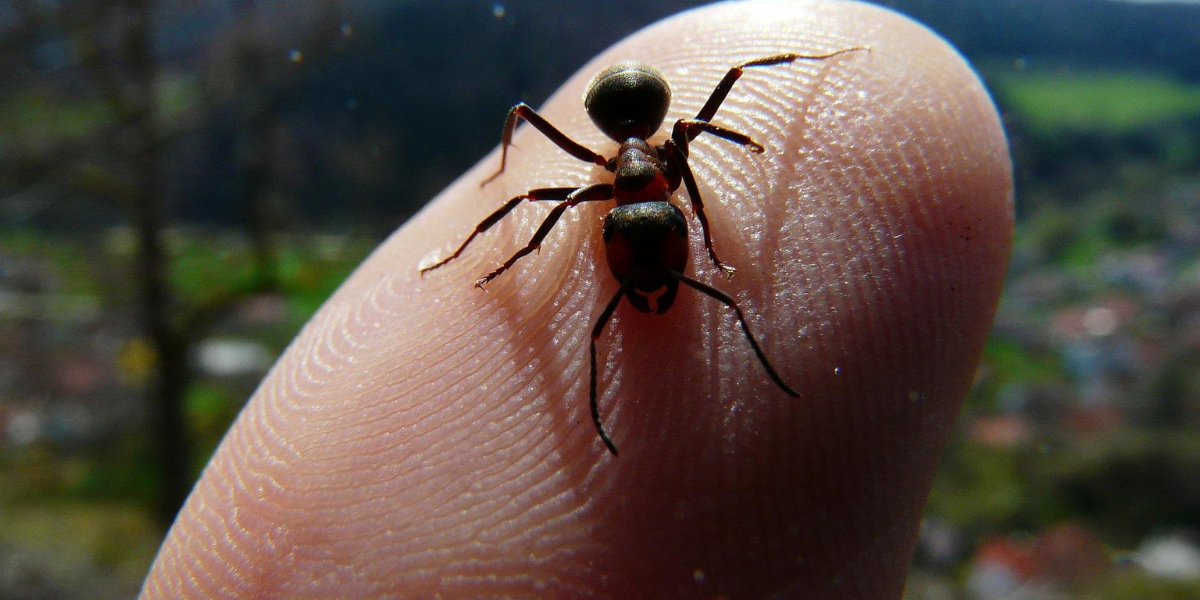Image credit: Pixabay (adopted from Leuzinger 2022)
Ever wondered how ants generate such extraordinary force despite their size? Beyond curiosity, understanding their biomechanics can inspire real-world advancements in fields like micro-robotics, bio-engineering, materials science, and prosthetics. Discover how these tiny powerhouses hold the key to strength, efficiency, and adaptability.
Paul and Gronenberg’s study (1999) investigated the specific muscle properties that enable ants to produce high forces relative to their size and the principles that explain scaling effects across different organisms.
Ants have a specialized muscle fiber composition and density allowing them to produce exceptional force for their size. Their mandible closer muscles contain both fast fibers for quick movements and slow fibers for sustained force, optimizing various functions like prey capture and heavy lifting, ensuring efficient performance within their biomechanical limits.
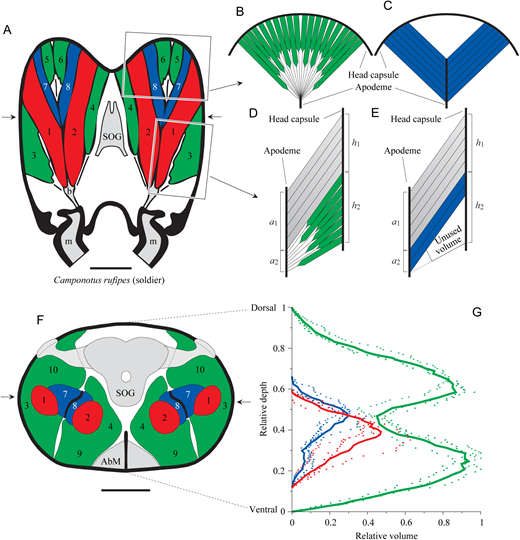
Scaling laws indicate that smaller organisms, such as ants, benefit from a greater strength-to-size ratio, partly due to the favorable scaling of muscle cross-sectional area relative to body mass. A 2023 study by Clemente and Dick emphasizes that while larger organisms have more total muscle mass, the strength per unit mass decreases with increasing size due to scaling effects. The majority of ants range in size from 1 to 100 milligrams according to Maria Leuzinger’s Science Writer article.
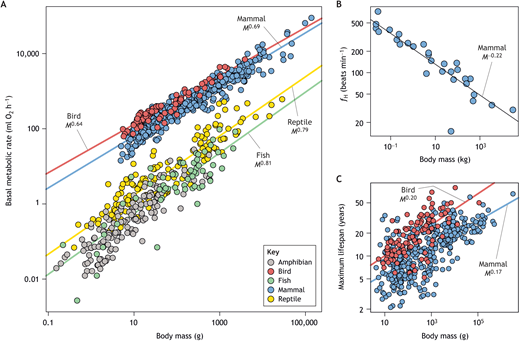
Ants have muscle fiber density and attachment angles optimized for leverage and force transmission, arranged to maximize mechanical efficiency. This adaptation allows them to generate high force output, enabling them to lift and carry multiple times their body weight.
Clemente and Dick (2023) discuss that scaling laws explain how body size impacts metabolism and muscle structure, with smaller animals, like ants, having unique adaptations for greater relative force and performance.
A 2014 study by Wilson and Hoelldobler found that a human weighs about a million times more than an ant. An ant is approximately 29% the length of a human fingertip. In an Ant Lab video, an ant’s spring-loaded mandibles released cannot do anything to the fingertip, but a snap does generate enough force capable of flying the ant back away from the finger with over generate over 1.5 million m/s² acceleration, comparable to a bullet’s speed in a gun barrel. Though the mandibles weigh only 0.07 mg (like a grain of salt), they produce force (F = ma, mass x acceleration) limited by size. However, these strikes are explosive on an ant’s scale, with each mandible delivering force up to 400 times the ant’s body weight.
Ants use strikes against objects or their environment as an escape mechanism launching themselves several body lengths away from danger. Therefore, mandible strikes are deflected against a tough-skinned thing like a fingertip, but against smaller, soft-bodied insects like a termite, these strikes can be deadly.
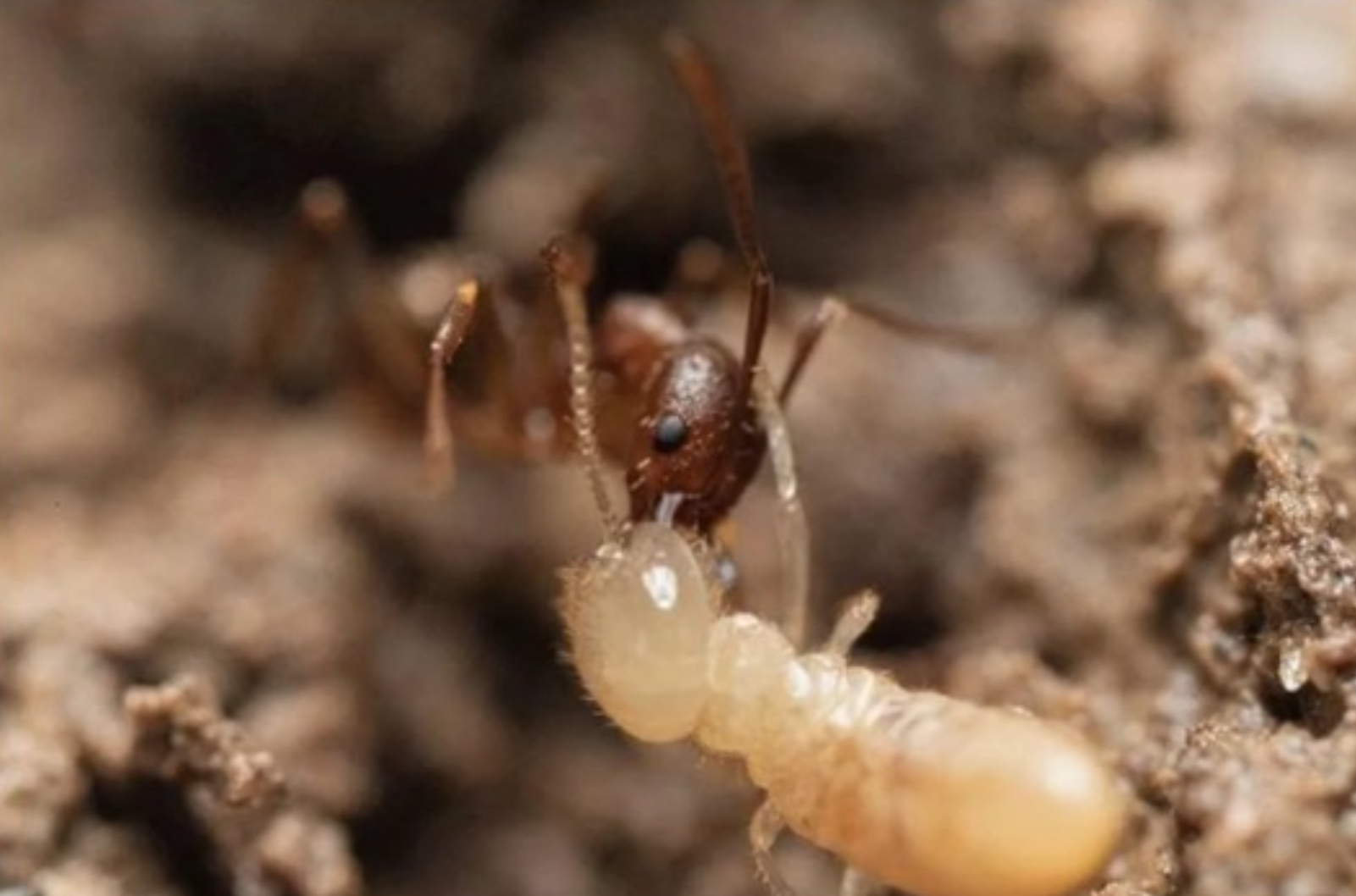
A 2020 study by Zhang et al. describes ant mandibles, averaging 3.75 mm long, with two rows of teeth and bristles. Divided into three sections, the mandibles have a concave base, sharp barbs for prey capture, and uniquely angled teeth for clamping.
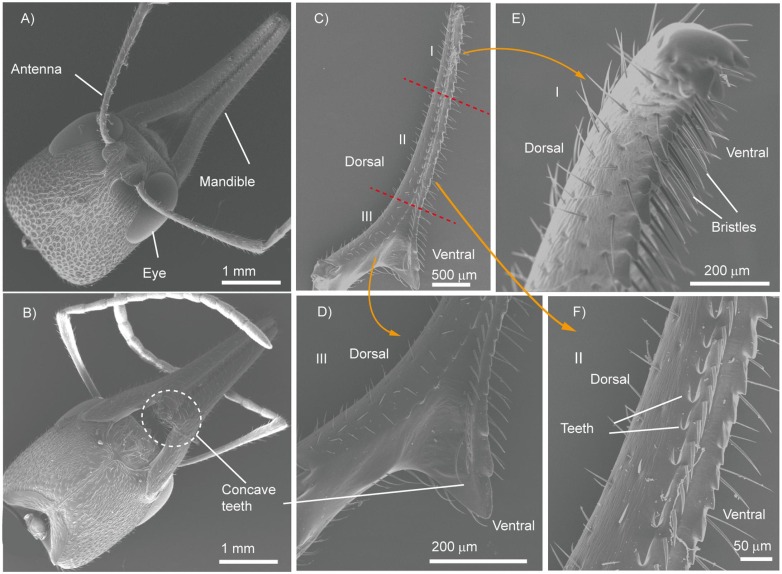
ant mandibles, divided into three sections (adapted from Zhang et al.).
In a nutshell, ants’ unique muscle composition and fiber density, adapted to their size, drive their exceptional force production. These traits and scaling laws reveal their superior relative strength, offering valuable insights for biomimetic engineering and robotics.
